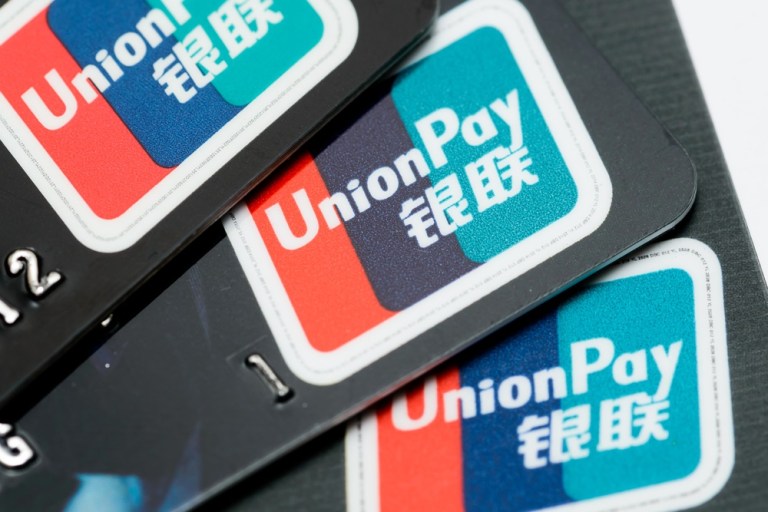
The number of payment cards in circulation around the world increased by 8 percent to 13 billion in 2015, with the Middle East, Africa and Asia-Pacific seeing the fastest growth.
That’s according to RBR’s Global Payments Cards Data and Forecasts to 2021 study, which also found UnionPay of China is controlling the biggest piece of the $21.6 trillion spent in 2015, with 37 percent market share. That’s up from 32 percent in 2014 and in front of Visa and Mastercard. Visa had a 32 percent share, while Mastercard had 20 percent. As of the end of 2015, there were 5.3 billion UnionPay branded cards, representing 41 percent of the card base around the world.
While the growth UnionPay is seeing can’t be discounted, RBR did find it is due solely to expansion in the Chinese market. The company is largely a domestic scheme and has little market share outside of China. Visa and Mastercard, on the other hand, are the dominant players outside of China, with Visa having 50 percent market share and Mastercard commanding 31 percent.
“Despite its rapid recent expansion, increases in UnionPay’s share will be more gradual going forward as a result of slowing growth in its home market,” said Chris Herbert of RBR. “Moreover, the Chinese market is opening up to foreign players following the end of UnionPay’s monopoly on domestic bank card clearing in June 2015.”
UnionPay, China’s state-sponsored domestic bank card organization, has been focused on growing its market share and has been inking partnerships as part of its strategy. Smartphone maker Xiaomi recently announced a partnership with UnionPay to create its own mobile payment service. The companies didn’t come up with a timeframe for the service. In March, it announced it equipped close to 180,000 POS terminals in Hong Kong, Macao, Taiwan, South Korea, Australia, New Zealand and Singapore with the ability to accept QuickPass chip cards and other mobile QuickPass-enabled products.